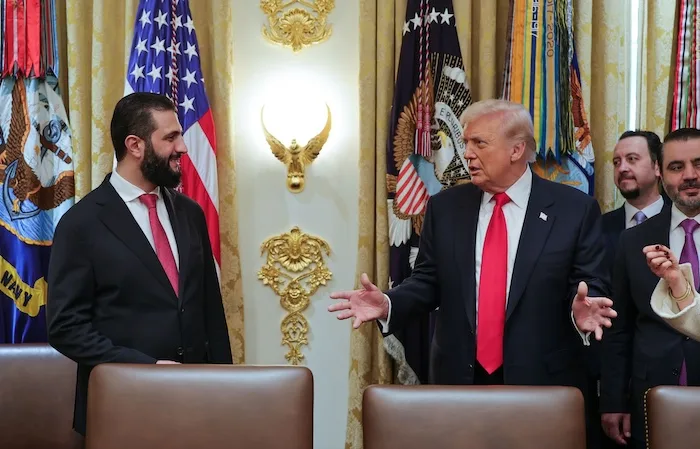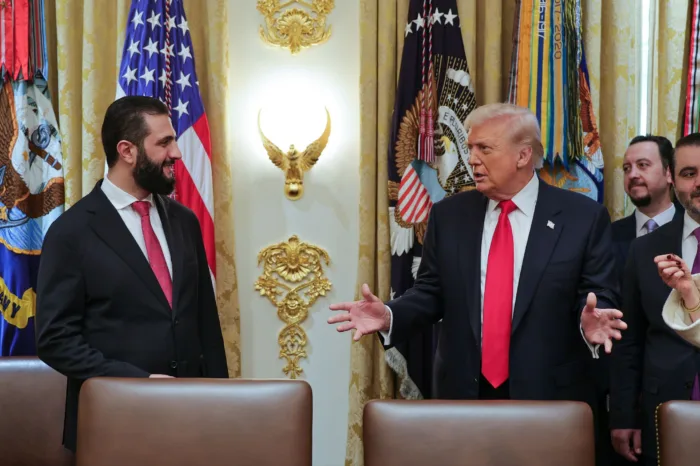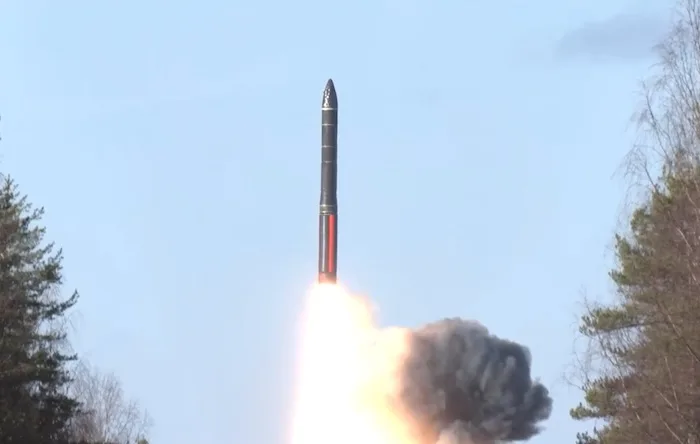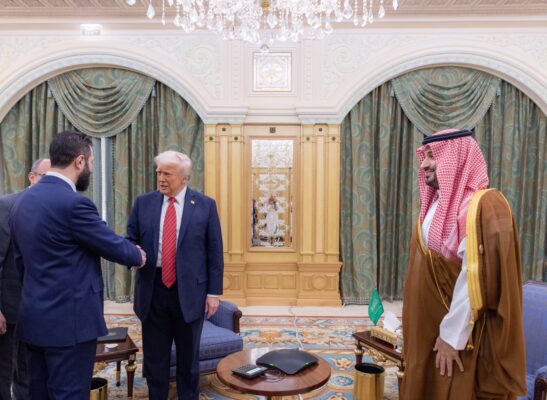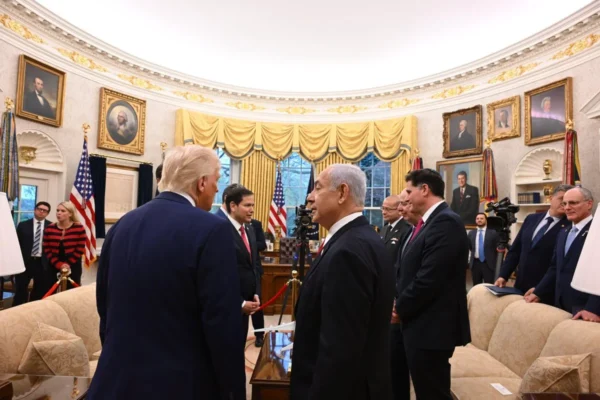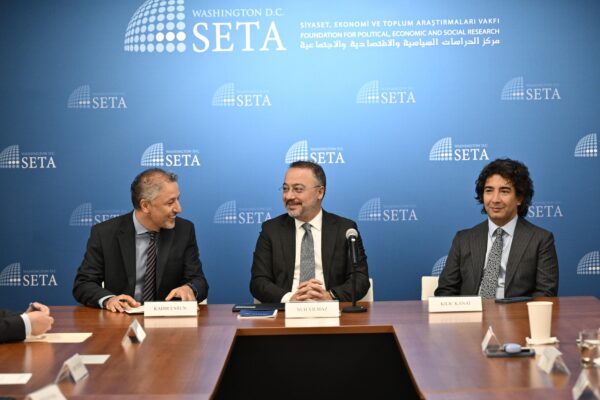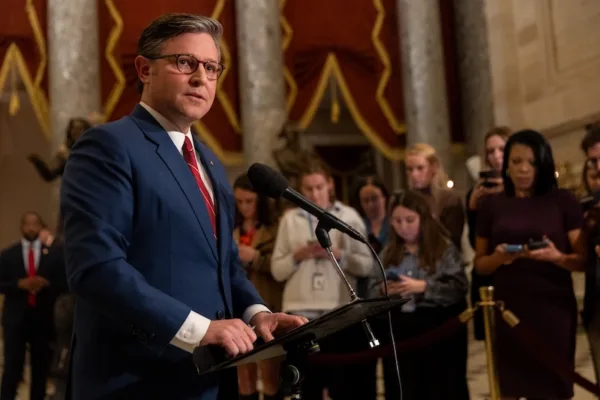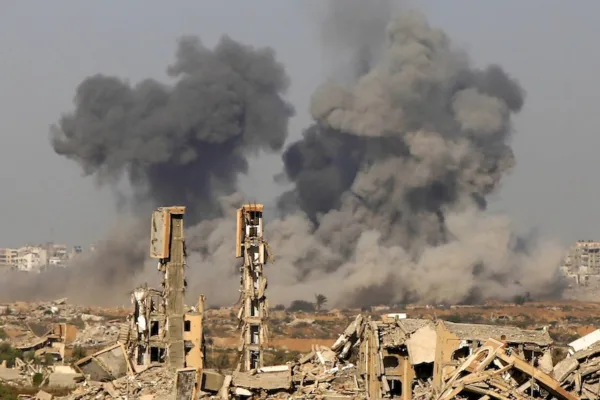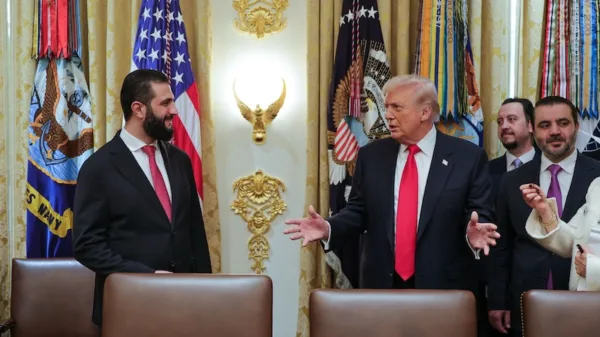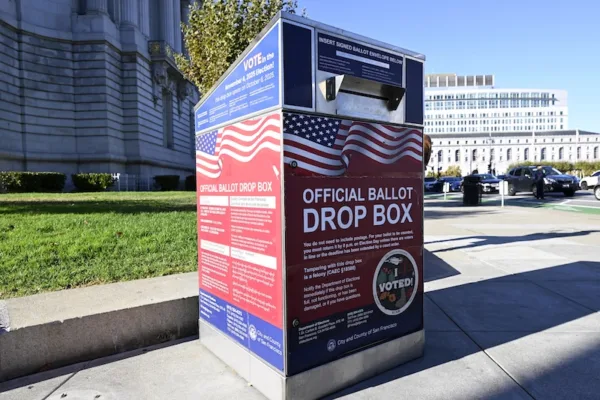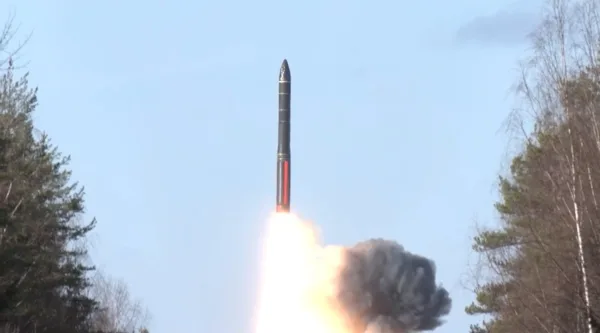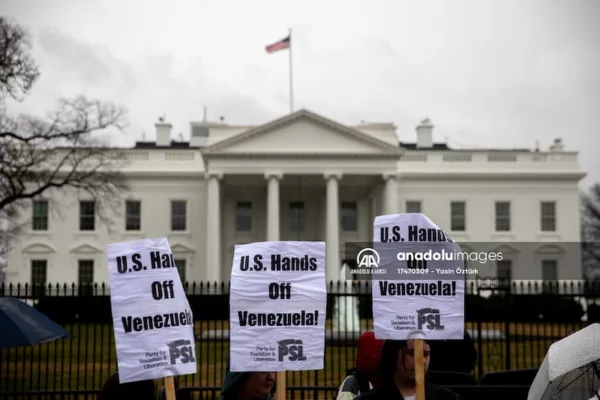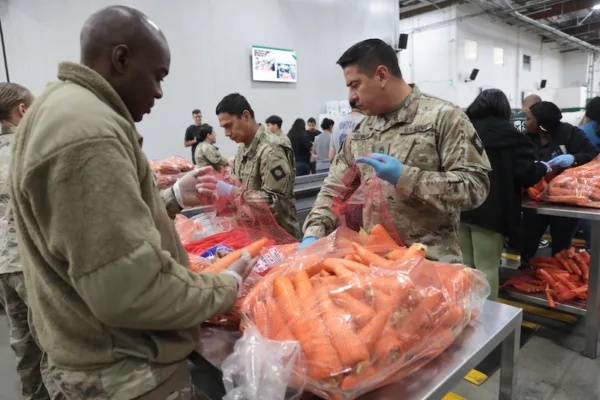Vicious circle of world crises
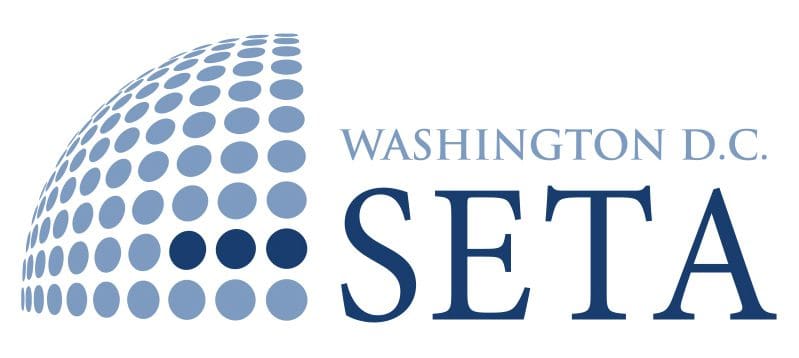
The recent developments in different parts of the world demonstrate an emerging, rather unstable international system that can generate serious political and security risks for the future. Indeed, there has not been a period of complete peace and stability in human history, but the extent of incidents taking place in a very short period of time show that the unfolding of the existing international system could be more challenging, given the increasing destructive capabilities of states and non-state actors.
Besides, the fact that several crises are taking place in different parts of the world at the same time is preventing the international community from paying sufficient attention to each of these crises. The trade war between the world’s two largest economies has taken over the story nowadays. China and the U.S. are engaged in an economic confrontation that could easily spill over into the coming years. When U.S. President Bill Clinton lauded China’s economic rise and its membership in the World Trade Organization (WTO), he considered this an opportunity for the emergence of a strong partner for the U.S. A little more than two decades later, today, U.S. President Donald Trump considers the rise of China the most significant threat to U.S. national interests and the wellbeing of Americans.
Such a confrontation is already creating repercussions in the global economy, and more dangerously the risks of this confrontation sometimes overshadow potential threats emerging in different regions.
The recent decision by the Indian government to annul Kashmir’s autonomous status is one of these issues. The decision and the siege of the area in its aftermath are leading to a major confrontation between Kashmiris and the Indian state, as well as two nuclear powers – Pakistan and India. Despite the urgency of the situation, the international community has yet to pay enough attention to contain and resolve the crisis. Similarly, the crisis in the South China Sea has been on the radar recently for similar reasons. The buildup of stress in the region due to multiple nations’ claims on the Spratly islands are generating significant risks for the future of the region.
Last week there was tension due to mutual accusations of violating territorial waters. Beijing blamed the U.S. Navy for trying to impose “navigational hegemony” in the South China Sea.
In the midst of all this, the developments in the Middle East are also becoming mind-boggling. The claims of an attack on Saudi oil facilities by Houthi rebels, the increasing tension in the Gulf, the Israeli election campaign and Israeli Prime Minister Benjamin Netanyahu’s further “promises” of the annexation of territories all signal a dangerous escalation in the Middle East.
Meanwhile, the crises in Syria and the instability in Iraq have been a recurring problem for international security in the last decade or so.
These dangerous escalations have only become more worrisome when one looks at the different debates between the potential stakeholders.
The uncertainty and unpredictability of the U.S. administration when it comes to foreign policy, in particular, are frequently mentioned but never resolved challenges.
The EU is dealing with its own internal problems – the rise of far-right parties and unending debates on Brexit.
Similarly, the protests in Hong Kong for the last month demonstrate the issue regarding China’s potential problems ahead. The picture looks bleaker than one had expected to see in the immediate aftermath of the Cold War, and things are only getting more challenging. It seems like we are entering a new era, the beginning of the end of the world as we know it.
This article was first published by Daily Sabah on September 18, 2019.

